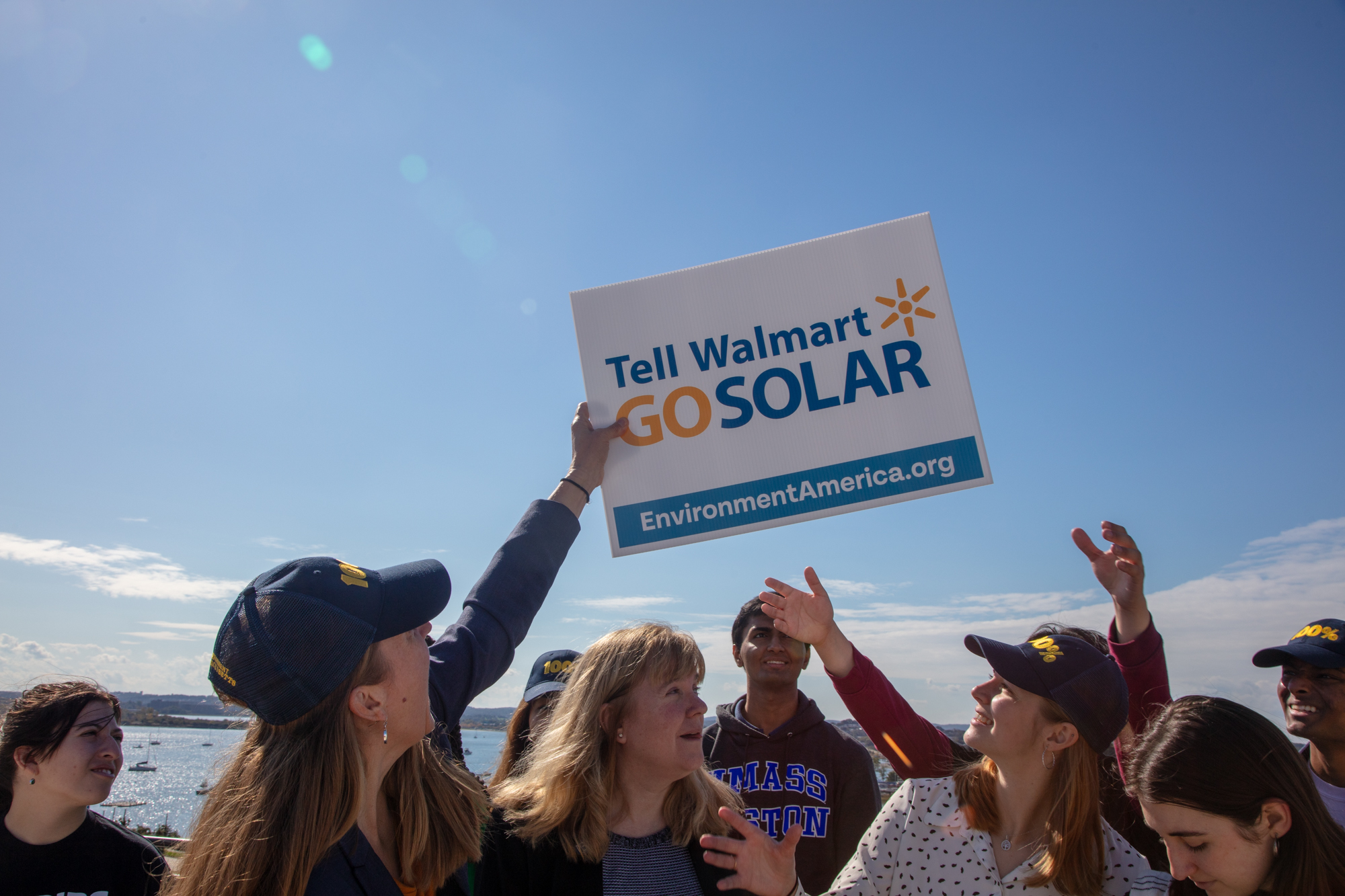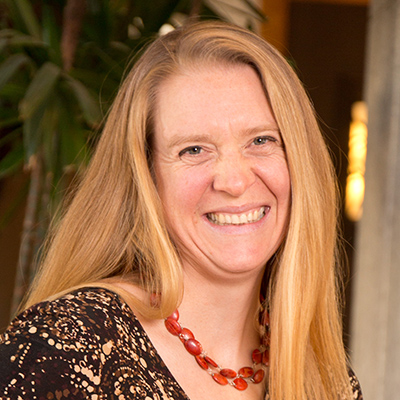
What’s the gas industry so afraid of?
Having buildings use electricity instead of fossil fuels for heating, hot water, cooking and more can save a tremendous amount of energy, reduce pollution and protect the climate.
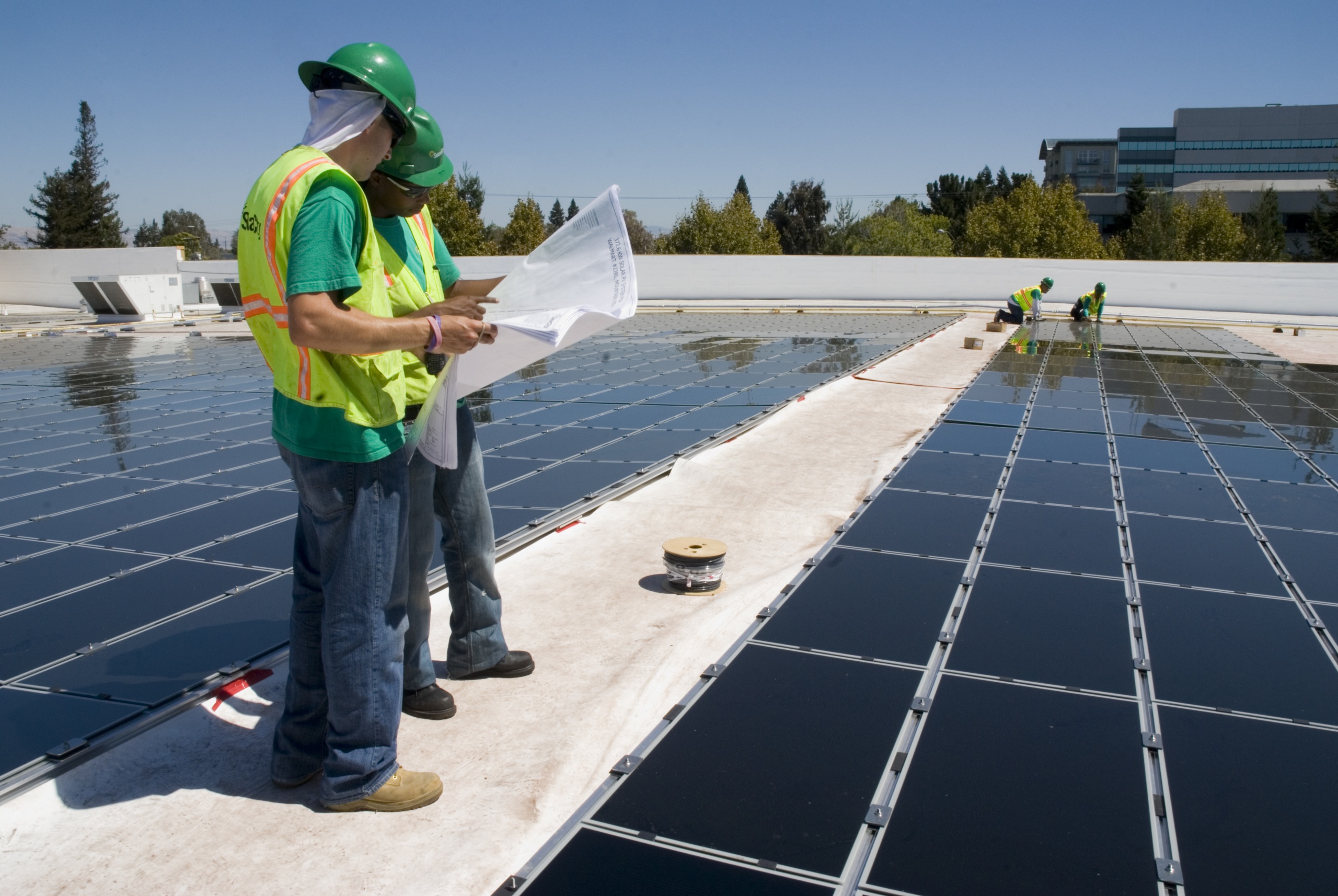
America’s buildings account for nearly 40% of national energy consumption and today too much of that energy is produced from the direct combustion of fossil fuels in our homes. Environment America Research & Policy Center and our 501(c)(4) sister organization Environment America are engaged in a research-driven effort to build public support for building electrification, the next frontier on the journey to a renewable energy future.
Electric buildings would slash pollution and lower costs
According to Environment America Research & Policy Center and the U.S. PIRG Education Fund’s new report, Electric Buildings, electrifying most of our country’s homes and businesses by 2050 could cut global warming pollution by about 306 million metric tons in 2050. That is the equivalent of removing from the road about 65 million of today’s cars—three times the number of cars and trucks in Texas.
Some of that averted pollution would be removed from inside our buildings. Gas-powered stoves, a staple in many American kitchens, produce air pollution inside our homes, every time we light a burner. In fact, gas stoves alone may be exposing tens of millions of Americans to levels of indoor air pollution that would be illegal outdoors. This type of air pollution is linked to respiratory illness, heart attack, stroke, cancer and mental health problems. Replacing our gas stoves with electric induction cooktops, the new favorite of a growing number of famous chefs, would both remove indoor air pollution and dramatically increase energy efficiency.
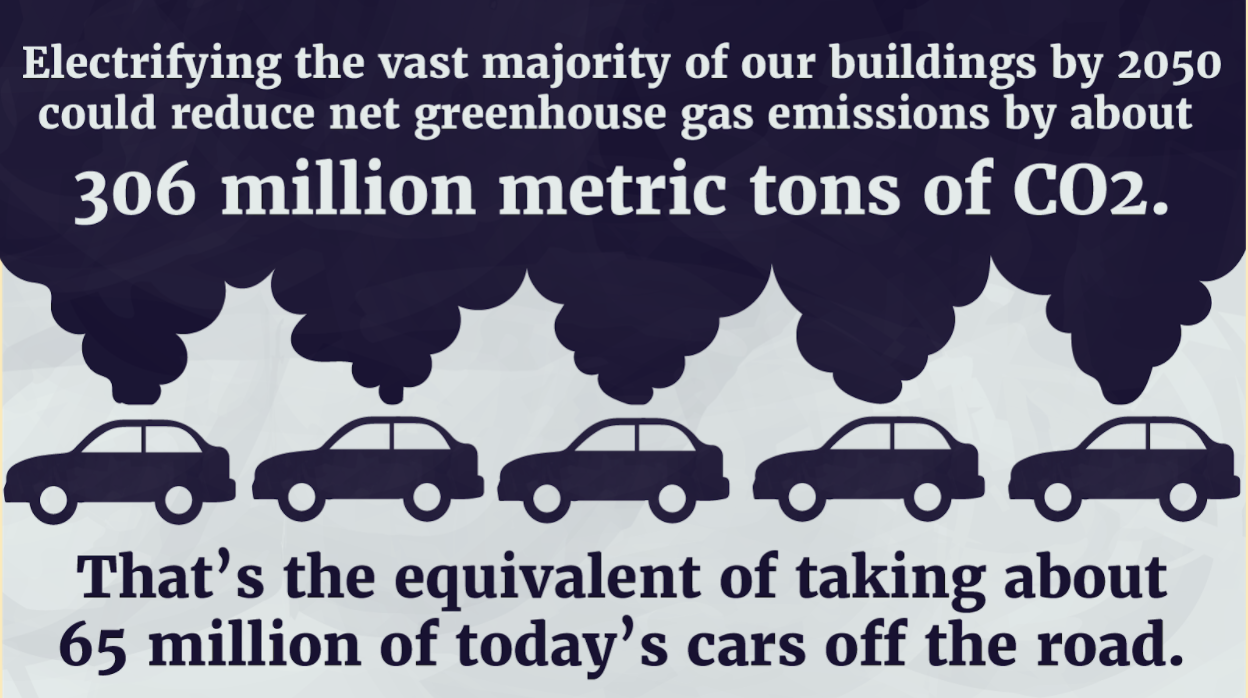
This infographic highlights a key finding of Environment America Research & Policy Center and U.S.PIRG Education Fund’s recent report: Electric Buildings.
Electric buildings are part of the path to a 100% renewable energy future. Technologies like heat pumps, induction cookstoves are more efficient than their fossil-fuel powered counterparts, they can be powered by wind, solar and geothermal, and they integrate well with other clean energy technologies like rooftop solar, battery packs, and electric vehicles.
In 2021, building electrification can also be highly cost-effective for consumers. This is especially true of new construction; installing fully electric systems in new homes and commercial buildings now makes financial sense for owners in almost every circumstance.
“Change is upon us—we just need to embrace it. We have the tools and technology right now to make every home and most businesses in America run—and run better—on clean, renewable energy,” said Susan Rakov, chair of Environment America Research & Policy Center’s Clean Energy program. “When my gas stove failed this year, I bought an induction stove. It sure is different—and I love it. It boils water faster than my old gas stove, it doesn’t release dangerous air pollutants into my home when we’re cooking, and I no longer have to worry about escaping methane from the stove contributing to global warming.”
But the gas industry is fighting to keep us dependent on fossil fuels.
Fearing that communities will choose to repower with clean energy if they are given the option, the gas industry is lobbying at the state level to take away communities’ freedom to electrify buildings. Our Energy Conservation and Efficiency Associate, Brynn Furey, who in recent months has been spearheading a grassroots effort to push back against these bills, sounded the alarm about the gas industry’s national anti-electrification campaign in an op-ed for our clean energy industry allies at Renewable Energy World.
“America has all the tools we need to make our buildings fossil fuel-free, which is a vital step in reducing pollution and avoiding the worst impacts of climate change,” wrote Furey. “But if gas companies have it their way, someday soon many Americans will live in a community that wants to act on climate by electrifying their homes, buildings and businesses—but can’t because the industry has tied their hands behind their back.”
The fight is underway in the states as I type. As of now, bills to make building electrification harder have passed in 13 states: Arizona, Arkansas, Georgia, Indiana, Iowa, Kansas, Kentucky, Louisiana, Oklahoma, Tennessee, Utah, West Virginia, Wyoming. Similar bills have died in two states—Colorado and Mississippi—but there is still active legislation in 6 states: Florida, Missouri, North Carolina, Ohio, Pennsylvania and Texas. Brynn and our team of state advocates are engaging our members and supporters on Facebook, Instagram, via email and on the old-fashioned phone to urge them to tell their legislators not to undermine community freedom on clean energy.
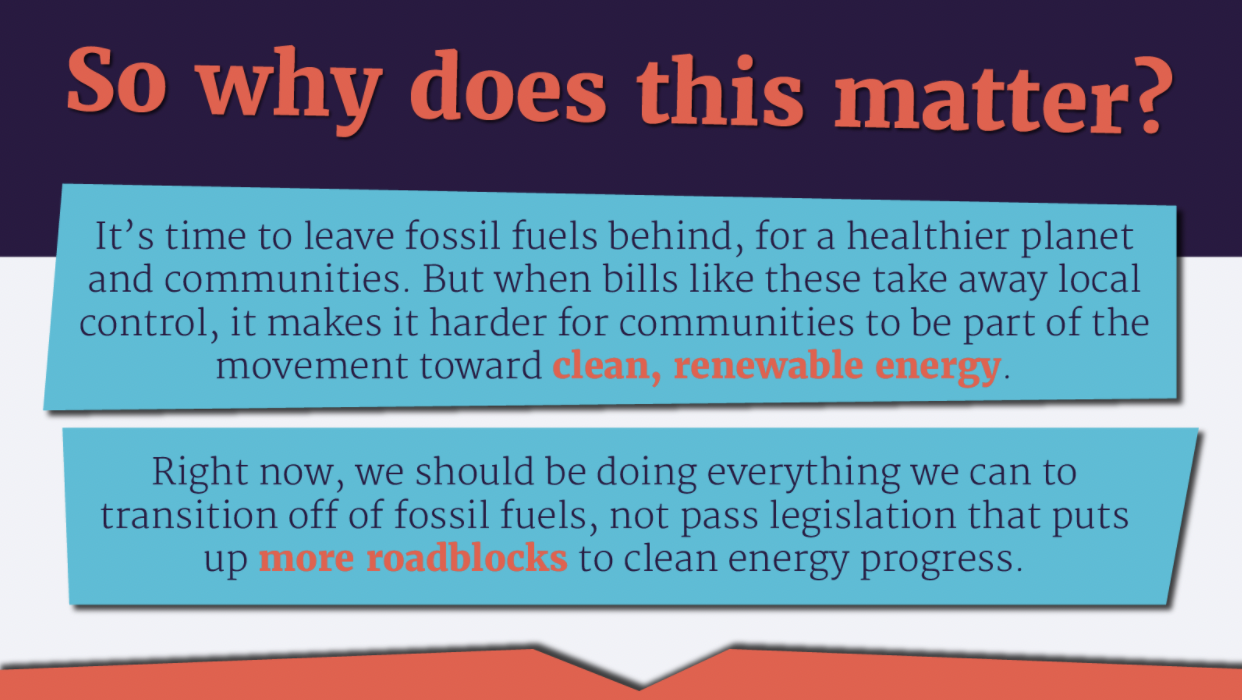
Clean energy progress continues
Despite the fossil fuel industry’s attacks and a hyper-partisan political climate, America continues to move toward 100% clean, renewable energy. One in three Americans lives in a community committed to 100 percent renewable energy, and the lion’s share of new energy capacity that’s coming online this year is from clean, renewable sources. It’s easier and more affordable than ever before to repower our homes with clean, renewable energy.
Strong supportive policy is critical to achieving electrification at the scale and speed needed. To win policy, we need to win people over to a vision of a future without fossil fuels, in which America runs on clean renewable energy.
Topics
Authors
Johanna Neumann
Senior Director, Campaign for 100% Renewable Energy, Environment America Research & Policy Center
Johanna directs strategy and staff for Environment America's energy campaigns at the local, state and national level. In her prior positions, she led the campaign to ban smoking in all Maryland workplaces, helped stop the construction of a new nuclear reactor on the shores of the Chesapeake Bay and helped build the support necessary to pass the EmPOWER Maryland Act, which set a goal of reducing the state’s per capita electricity use by 15 percent. She also currently serves on the board of Community Action Works. Johanna lives in Amherst, Massachusetts, with her family, where she enjoys growing dahlias, biking and the occasional game of goaltimate.
Find Out More
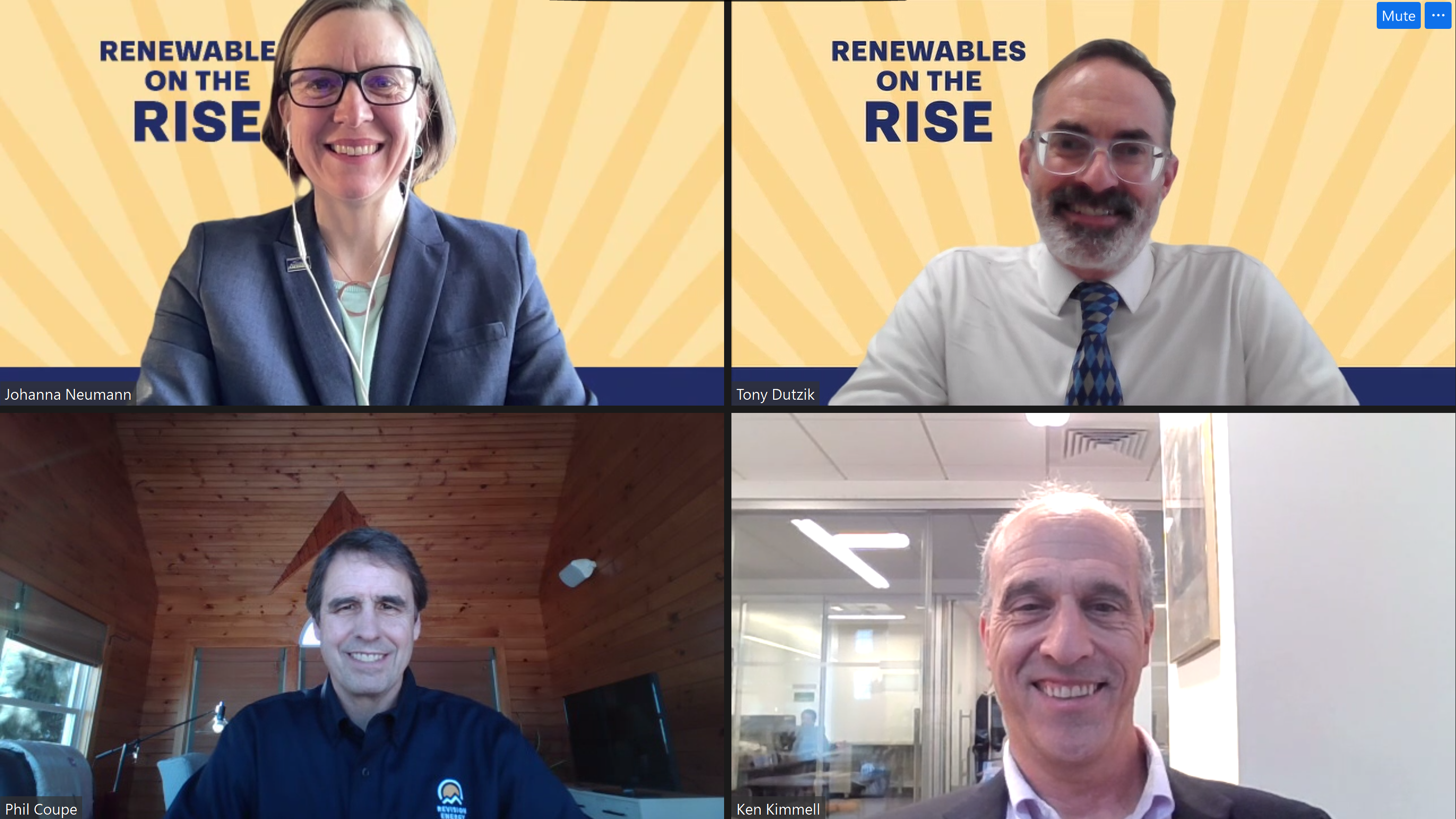
Key takeaways from Renewables on the Rise: Success Stories
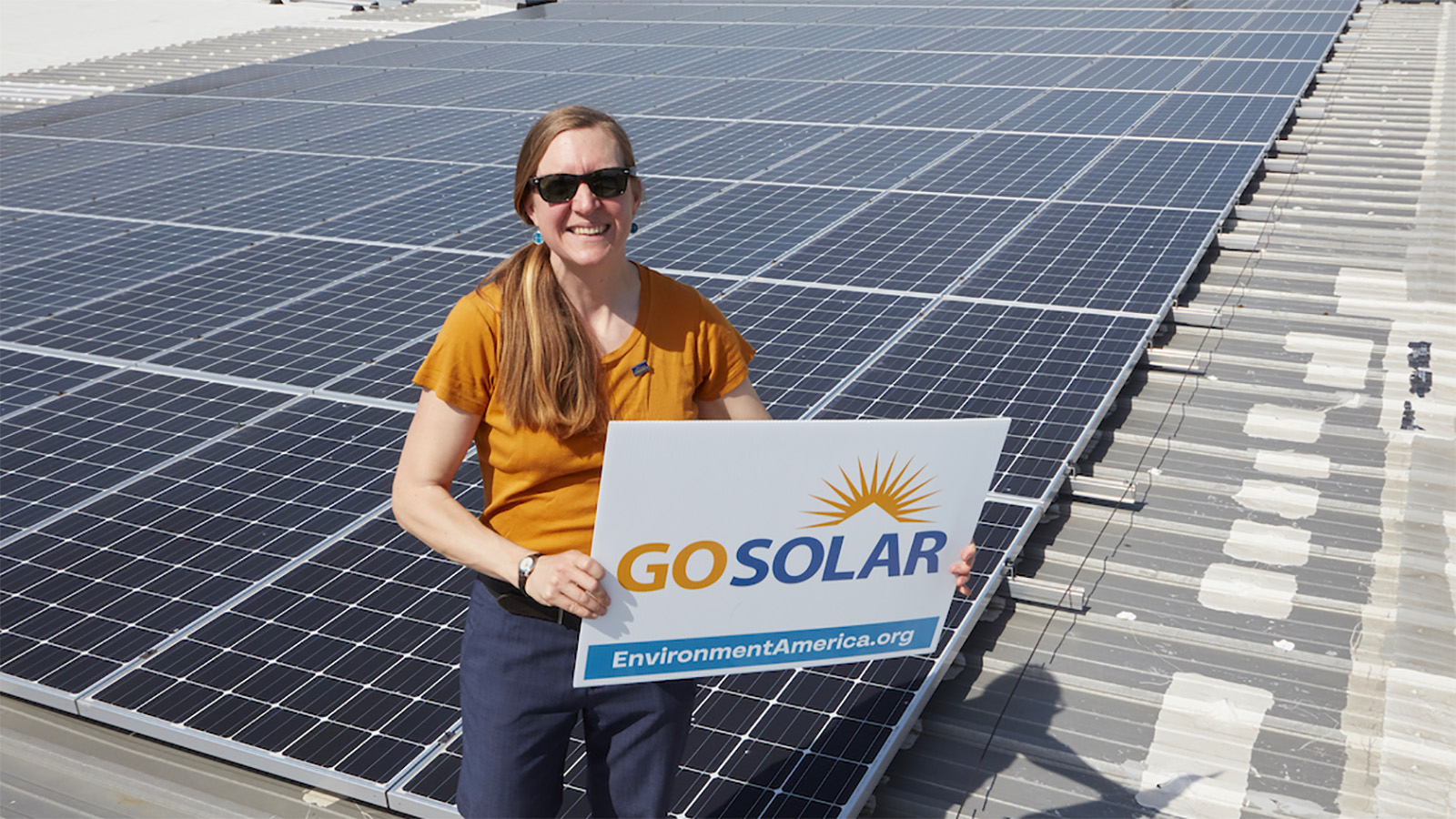
IKEA is going solar
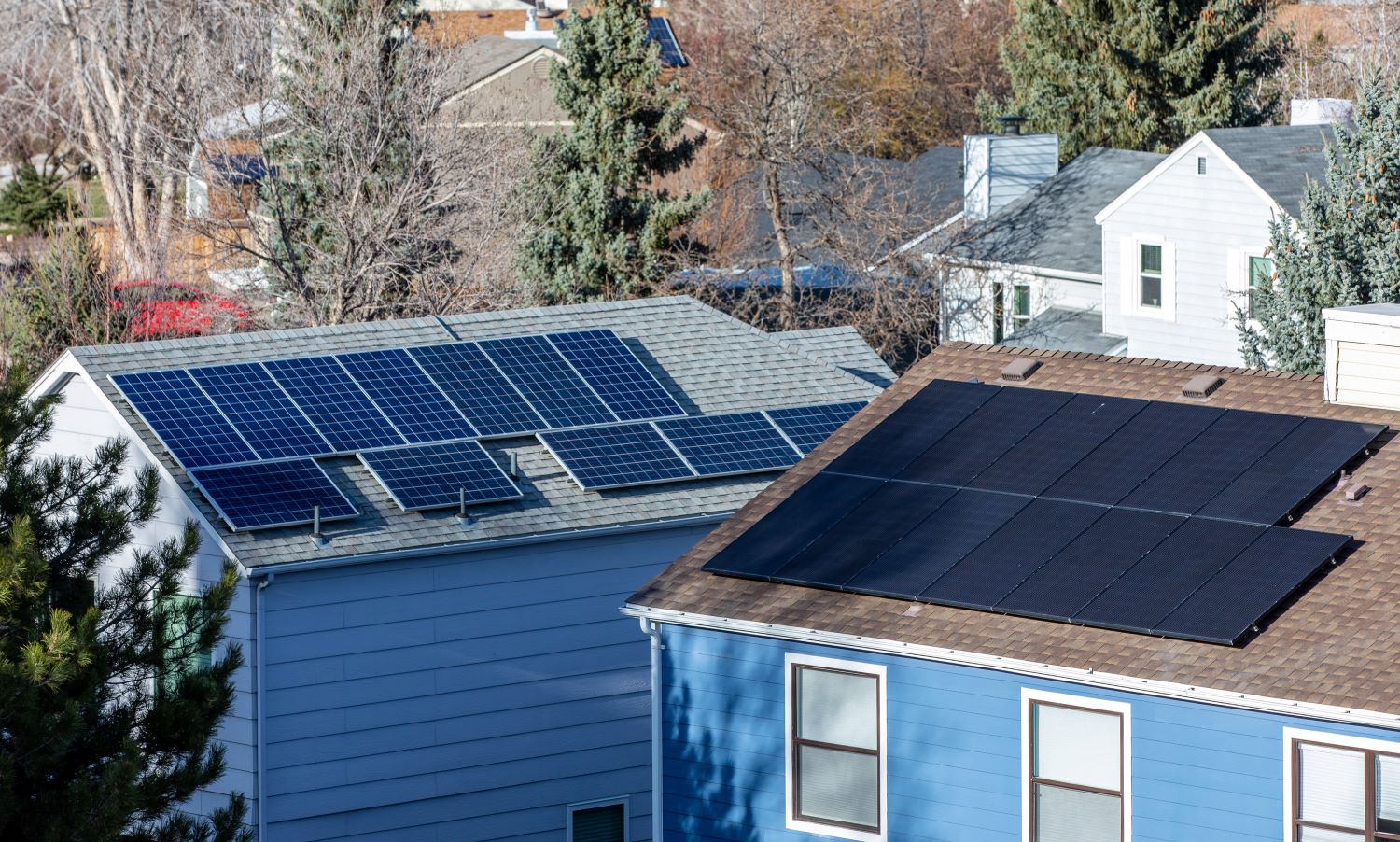
Let us now praise rooftop solar: A tale from New England
